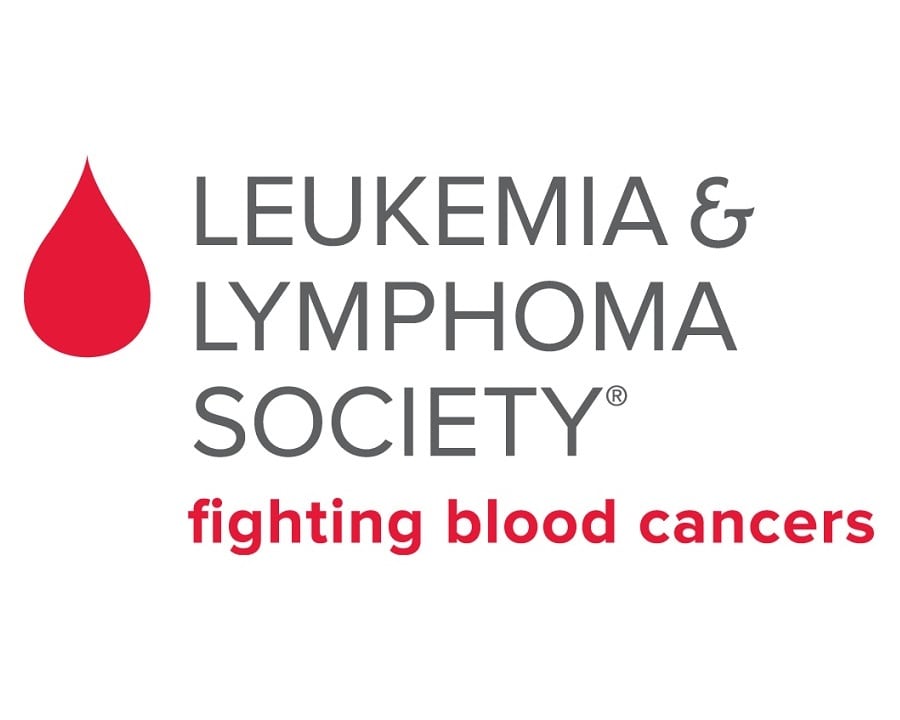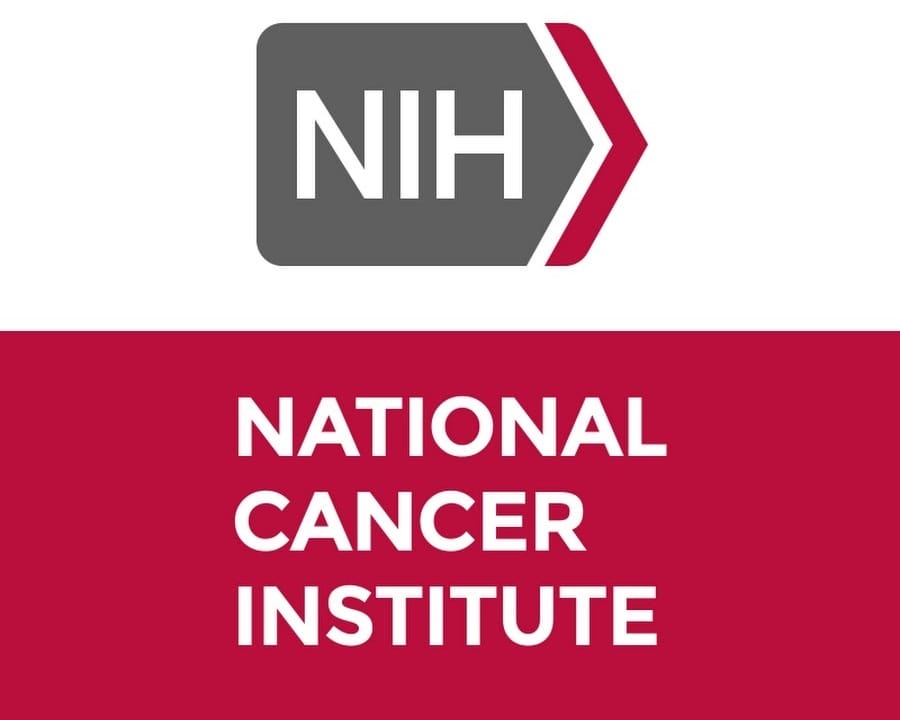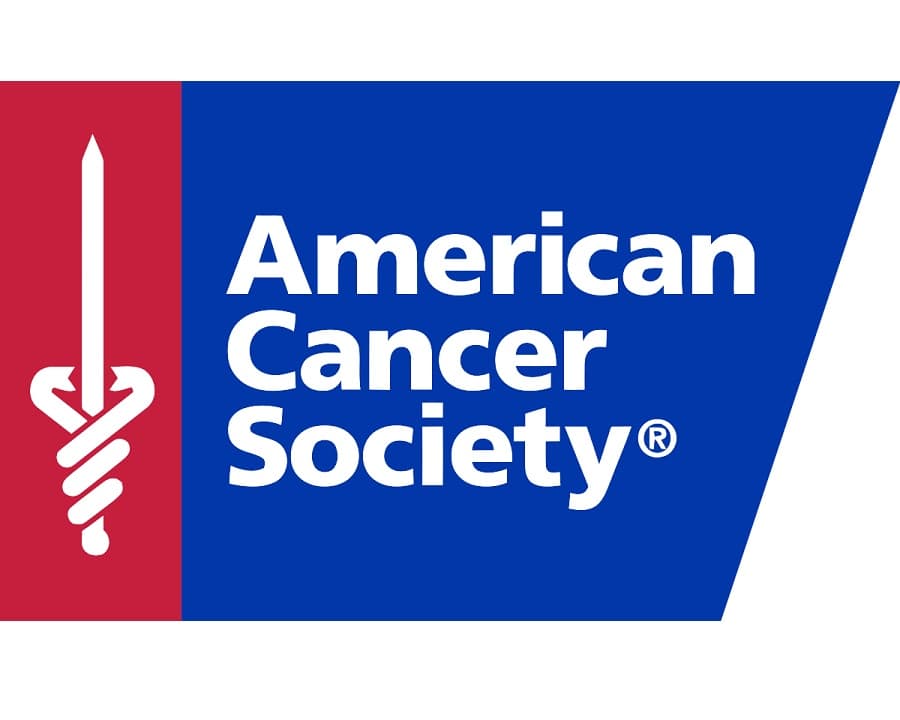Acute Leukemia
Treatment
Last update: October 1st, 2019
Acute Lymphoblastic Leukemia
In general, treatment for acute lymphocytic leukemia falls into separate phases:
- Induction therapy. The purpose of the first phase of treatment is to kill most of the leukemia cells in the blood and bone marrow and to restore normal blood cell production.
- Consolidation therapy. Also called post-remission therapy, this phase of treatment is aimed at destroying any remaining leukemia in the body, such as in the brain or spinal cord.
- Maintenance therapy. The third phase of treatment prevents leukemia cells from regrowing. The treatments used in this stage are often given at much lower doses over a long period of time, often years.
- Preventive treatment to the spinal cord. During each phase of therapy, people with acute lymphocytic leukemia may receive additional treatment to kill leukemia cells located in the central nervous system. In this type of treatment, chemotherapy drugs are often injected directly into the fluid that covers the spinal cord.
Treatments may include:
- Chemotherapy. Chemotherapy is typically used as an induction therapy for children and adults with acute lymphocytic leukemia. Chemotherapy drugs can also be used in the consolidation and maintenance phases.
- Targeted therapy. Targeted drugs attack specific abnormalities present in cancer cells that help them grow and thrive. A certain abnormality called the Philadelphia chromosome is found in some people with acute lymphocytic leukemia. For these people, targeted drugs may be used to attack cells that contain that abnormality. Targeted therapy may be used during or after chemotherapy.
- Radiation therapy. If the cancer cells have spread to the central nervous system, your doctor may recommend radiation therapy.
- Bone marrow transplant. A bone marrow transplant, also known as a stem cell transplant, may be used as consolidation therapy in people at high risk of relapse or for treating relapse when it occurs. Bone marrow transplant in children is most often used as a treatment for recurrent or refractory ALL. Rarely, transplantation may be recommended as part of the initial therapy when leukemia is associated with very high risk features.
Acute Myeloid Leukemia
Treatment of acute myeloid leukemia depends on several factors, including the subtype of the disease, your age, your overall health and your preferences. In general, treatment falls into two phases:
- Remission induction therapy. The purpose of the first phase of treatment is to kill the leukemia cells in your blood and bone marrow. However, remission induction usually does not wipe out all of the leukemia cells, so you need further treatment to prevent the disease from returning.
- Consolidation therapy. Also called post-remission therapy, maintenance therapy or intensification, this phase of treatment is aimed at destroying the remaining leukemia cells. It’s considered crucial to decreasing the risk of relapse.
Therapies used in these phases include:
- Chemotherapy. Chemotherapy is the major form of remission induction therapy, though it can also be used for consolidation therapy. Chemotherapy uses chemicals to kill cancer cells in your body.
- Targeted therapy. Targeted therapy uses drugs that attack specific vulnerabilities within your cancer cells, as the PKC inhibitor that stops the action of the enzyme within the leukemia cells and causes the cells to die. This drug is only useful for people whose cancer cells have the FLT3 mutation.
- Other drug therapy. Arsenic trioxide and all-trans retinoic acid are anti-cancer drugs that can be used alone or in combination with chemotherapy for remission induction of a certain subtype of AML called promyelocytic leukemia. These drugs cause leukemia cells with a specific gene mutation to mature and die, or to stop dividing.
- Bone marrow transplant. A bone marrow transplant, also called a stem cell transplant, may be used for consolidation therapy. A bone marrow transplant helps re-establish healthy stem cells by replacing unhealthy bone marrow with leukemia-free stem cells that will regenerate healthy bone marrow. You can also receive your own stem cells (autologous transplant) if you were previously in remission and had your healthy stem cells removed and stored for a future transplant.
Resources
Publications:
- van Dongen JJ, et al. EuroFlow antibody panels for standardized n-dimensional flow cytometric immunophenotyping of normal, reactive and malignant leukocytes. Leukemia. 2012 Sep; 26(9):1908-75. Go to publication.
- Lhermitte L, et al. Automated database-guided expert-supervised orientation for immunophenotypic diagnosis and classification of acute leukemia. Leukemia. 2017 Apr; 2(4): 874-81. Go to publication.
- van Dongen J, et al. Minimal residual disease diagnostics in acute lymphoblastic leukemia: need for sensitive, fast, and standardized technologies. Blood. 2015 Jun; 125(26): 3996-4009. Go to publication.
- Theunissen P, et al. Standardized flow cytometry for highly sensitive MRD measurements in B-cell acute lymphoblastic leukemia. Blood. 2016 Jun; 129(3): 347-57. Go to publication.
- Arber DA, et al. The 2016 revision to the World Health Organization classification of myeloid neoplasms and acute leukemia. Blood. 2016 May; 127(20): 2391-405. Go to publication.
- Lhermitte L, et al. EuroFlow Consortium. Automated identification of leukocyte subsets improves standardization of database-guided expert-supervised diagnostic orientation in acute leukemia: a EuroFlow study. Modern pathology : an official journal of the United States and Canadian Academy of Pathology, Inc. 2021 Jan:34(1), 59–69. Go to publication.




